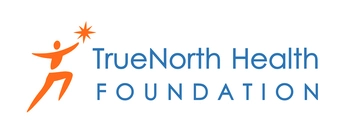Forearm muscle metabolism was studied in eight obese subjects after an overnight, 3 and 24 day fast. Arterio-deep-venous differences of oxygen, carbon dioxide, glucose, lactate, pyruvate, free fatty acids, acetoacetate, and beta-hydroxybutyrate with simultaneous forearm blood flow were measured. Rates of metabolite utilization and production were thus estimated. Oxygen consumption and lactate and pyruvate production remained relatively constant at each fasting period. Glucose, initially the major substrate consumed, showed decreased consumption after 3 and 24 days of fasting. Acetoacetate and beta-hydroxybutyrate consumption after an overnight fast was low. At 3 days of fasting with increased arterial concentrations of acetoactate and beta-hydroxybutyrate, consumption of these substrates rose dramatically. At 24 days of fasting, despite further elevation of arterial levels of acetoacetate and beta-hydroxybutyrate, the utilization of acetoacetate did not increase further and if anything decreased, while five out of eight subjects released beta-hydroxybutyrate across the forearm. Acetoacetate was preferentially extracted over beta-hydroxybutyrate. At 24 days of starvation, free fatty acids were the principal fuels extracted by forearm muscle; at this time there was a decreased glucose and also ketone-body consumption by skeletal muscle.
Our new book, Can Fasting Save Your Life? is now available!
